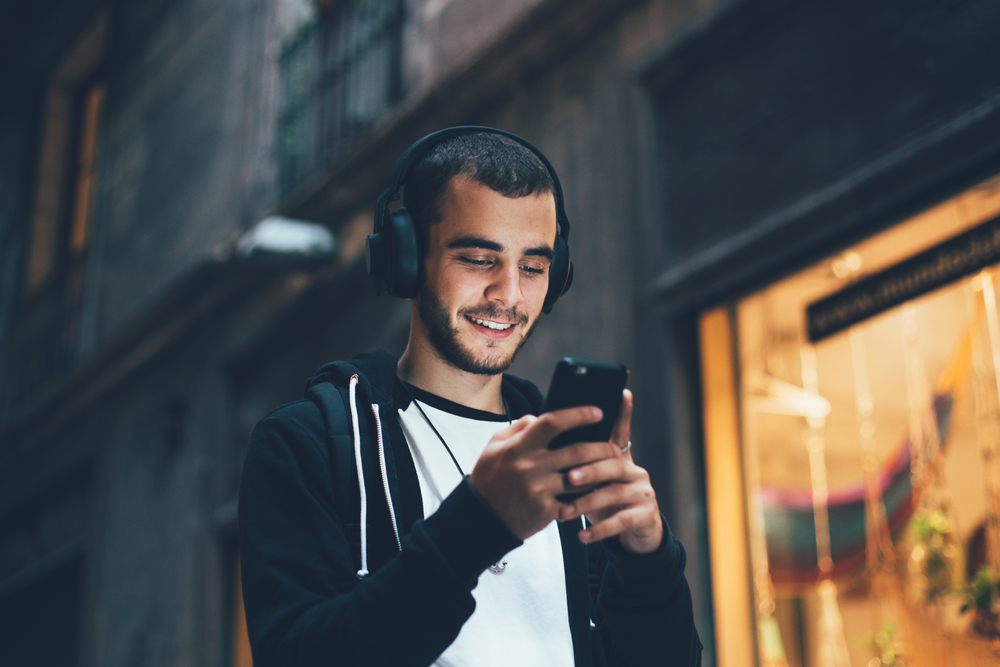
Meet James, an avid music fan who seamlessly incorporates Spotify into his work routine, switches over to Pandora during his workouts, and curates playlists for every instance conceivable, from cardio sessions to cooking and even gaming. His headphones are his continual partners, transforming his life into a fully soundtracked experience. However, while James finds relaxaction and joy in the immersive world of music, the very thing he treasures could be silently weakening his precious sense of hearing.
Regarding our ears, there are both safe and unsafe ways to enjoy music. Unfortunately, a, any us lean towards the second option.
What is the relationship between extended exposure to music and hearing loss?
Prolonged exposure to loud sounds can lead to a decrease in your auditory function. Hearing loss is typically connected to growing older, but recent studies suggest that it is mostly triggered by damage from exposure to loud sounds rather than being a natural part of getting older.
It also turns out that younger ears are especially vulnerable to noise-related damage (they’re still developing, after all). And yet, young adults are more likely to be dismissive of the long-term dangers of high volume. So there’s an epidemic of younger people with hearing loss, thanks, in part, to widespread high-volume headphone usage.
Can one listen to music without any safety issues?
Unlimited full volume is clearly the” dangerous” way to listen to music. There is a way to enjoy to music more safely, which usually means lowering the volume. The suggested safe volume levels are normally as follows:
- For Adults: No more than 40 hours of listening on a device, and keep the volume lower than 80 dB.
- If you’re younger than 18, 40 hours is still ok, just be sure to keep the volume at a safe level, 75 decibels or lower.
Forty hours week is roughly five hours and forty minutes a day. Though it may seem excessive, the time can pass surprisingly fast. Even still, most people have a pretty strong concept of keeping track of time– it’s something we’re taught to do effectively from a very young age.
The harder part is monitoring your volume. On the majority of smart devices, computers, and televisions, volume is not computed in decibels. Its value is established utilizing a somewhat subjective or relative scale. Maybe it’s 1-100. But maybe it’s 1-16. You may not have any idea what the max volume on your device is, or how close to the max you are.
How to properly track your music volume
To address this issue, a number of free noise monitoring apps are available for both iPhone and Android devices. These apps provide real-time insights into ambient noise levels, enabling users to adjust their music volume accordingly.
For this reason, many audiologists suggest using one of the numerous noise level monitoring apps available at no cost. These apps– widely available for both iPhone and Android devices– will give you real-time readouts on the noises surrounding you. In this way, you can keep track of the decibel level of your music as it plays and make changes accordingly.
A volume comparison: garbage disposals and beyond
For instance, a noise level of 80 decibels is similar to the sound produced by a basic garbage disposal or dishwasher – you can hear them, but they won’t blow your ears out. Recognizing this benchmark is crucial, as it represents the threshold beyond which hearing damage becomes a tangible hazard.
So, being extra cautious when exceeding this decibel threshold is essential. Consider limiting exposure to overly loud music by enjoying select tracks at maximum volume instead of indulging in complete albums.
Extended exposure to loud sounds can result in hearing issues, including ringing in the ears, or tinnitus, and potentially permanent damage to one’s hearing. By being aware of when our ears are at risk, we allow ourselves to make educated choices in order to encourage safer listening habits.
Set up an appointment for a hearing evaluation
To further prioritize your hearing health, think about reaching out to a hearing specialist to set up a comprehensive hearing test. Practical steps such as routine screenings can detect any possible issues early on, enabling timely interventions and personalized suggestions to protect your precious sense of hearing.

